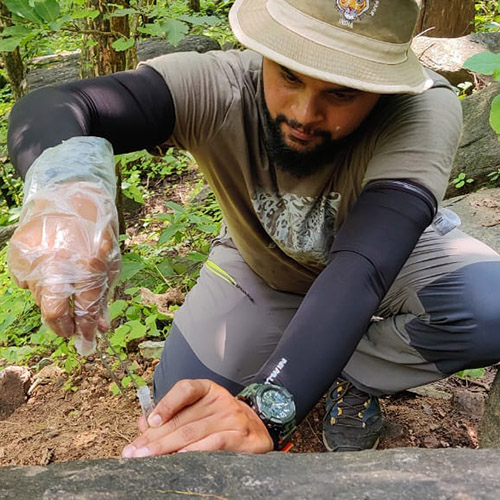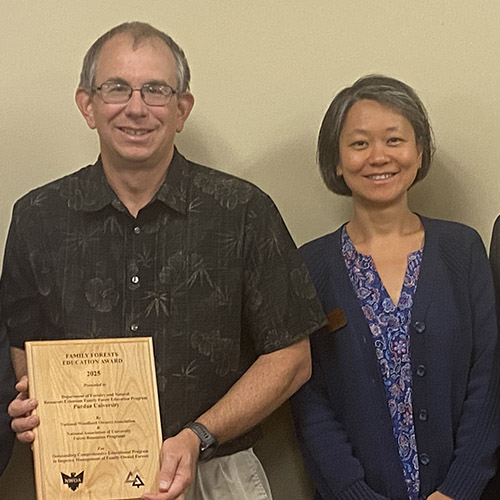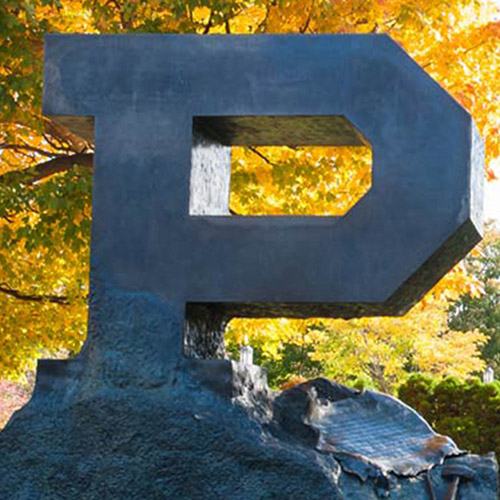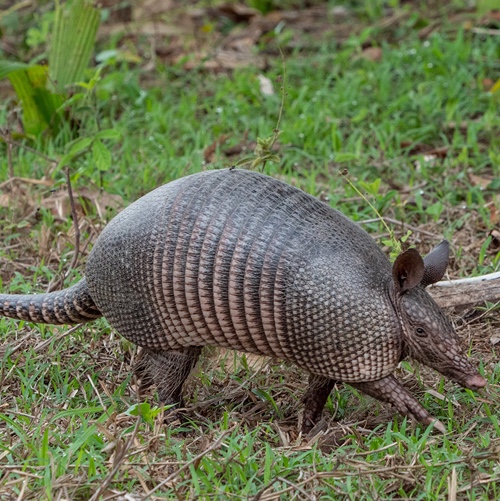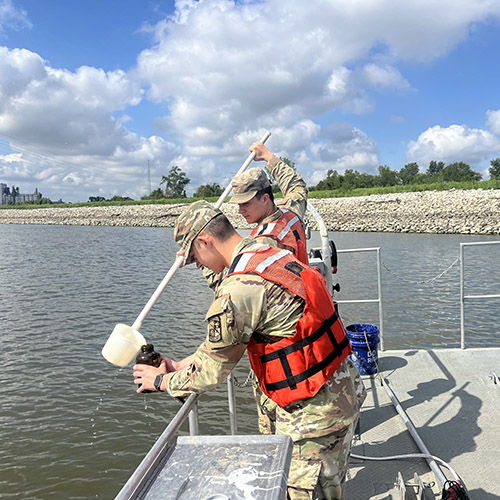Factors Affecting Hardwoods
Factors Affecting regeneration of hard mast species in the central hardwood region
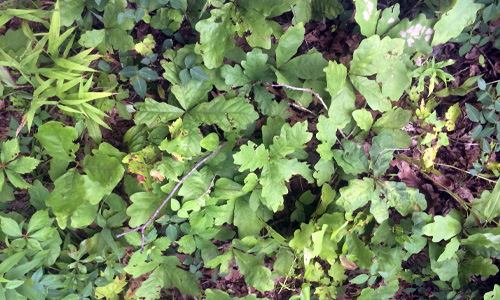 Forests in the eastern United States is in danger of widespread conversion from oak, a foundational species group, to more shade tolerant trees due to fire suppression, poor harvesting practices, and a variety of other factors. This shift would reduce ecological resilience and significantly change the ecological and economic services provided by these forests.
Forests in the eastern United States is in danger of widespread conversion from oak, a foundational species group, to more shade tolerant trees due to fire suppression, poor harvesting practices, and a variety of other factors. This shift would reduce ecological resilience and significantly change the ecological and economic services provided by these forests.
This project gained in-depth knowledge of the regeneration dynamics of both oak (Quercus) and American chestnut (Castanea dentata), a former foundational species in eastern forests. Using both the Hardwood Ecosystem Experiment and the Crane Expanding Gap studies, researchers are monitoring regeneration survival and growth after many management practices.
This research demonstrated that the blight-resistant American chestnut can be successfully reintroduced to understories in eastern deciduous forests due to its ability to thrive in shady environments. Oak, on the other hand, requires more disturbance and germinates better with assistance of scatter hoarding small mammals.
Project Director: Dr. Michael Saunders
10/01/2012 - 09/30/2017
Print/Research



